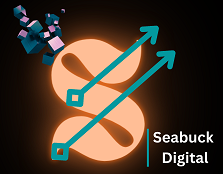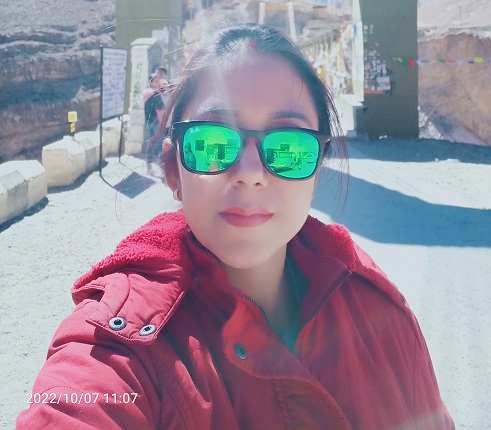I. Introduction
You use a search engine to find out answers to your questions every day. You use the engine uncountable times in a day to find out information about your different queries. However, have you ever given thought to the process that goes behind the search activity?
I guess a majority of you will say No!
Crawling and indexing are two important steps in the behind-the-scene process that are responsible for serving a query that a user searches. These two steps play a key and vital role in your website’s search engine ranking.

A. Explanation of crawling and indexing
Crawling is a process that is used by Google and other search engines to find out information and collect URLs of the content for inclusion in their index.
Indexing is the process used by search engines to organize data and information before a search activity. This process enables search engines to respond to any query by a searcher in a blink of an eye.
There are three stages in Google Search. They are:
- Crawling
- Indexing
- Serving Search results
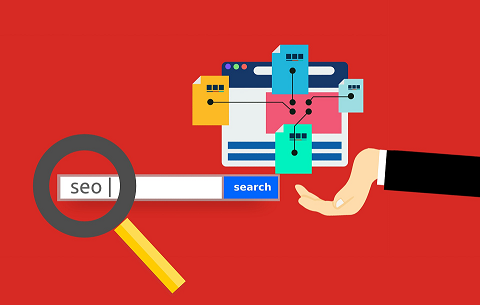
B. Importance of crawling and indexing for SEO
Why are these processes important for SEO? You can realize the facts that if search engines like Google are not able to locate or find your website’s content then it will not be able to index the information. Your information won’t appear in the search results for those who are looking for pertinent information if it is not indexed.
That is why it becomes crucial to understand how crawling and indexing work. By understanding these key concepts, you will be able to better optimize your website.
II. How Google Crawls Websites
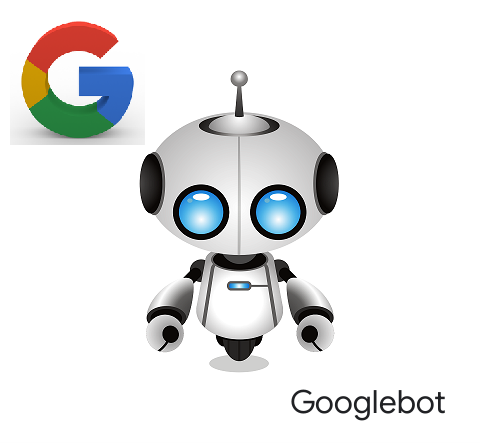
A. Overview of Googlebot, Google’s web crawler
Googlebot is the name of Google’s web crawler. It is a program that systematically explores the internet to find new or updated content. Googlebot is a vital part of how Google indexes websites and provides search results to users.
B. How Googlebot finds and crawls websites
But how does Googlebot find and crawl websites? Well, it all starts with links. Googlebot follows links from one webpage to another, exploring the web in a spider-like fashion. When Googlebot finds a new webpage, it adds it to a queue to be crawled.
C. Importance of website architecture and organization for crawling
How Googlebot crawls and indexes your material can be significantly impacted by the structure and organization of your website. It will be simpler for Googlebot to locate and crawl all of your material if your website has a clean, logical structure and well-organized navigation. On the other hand, Googlebot may have trouble finding and crawling all of your pages if your website has a muddled or chaotic structure.
In other words, for efficient crawling, website organization and architecture are essential. To boost your website’s search engine rankings, make sure it has a logical and obvious structure. This will make it easier for Googlebot to identify and crawl all of your content.
III. How Google Indexes Content
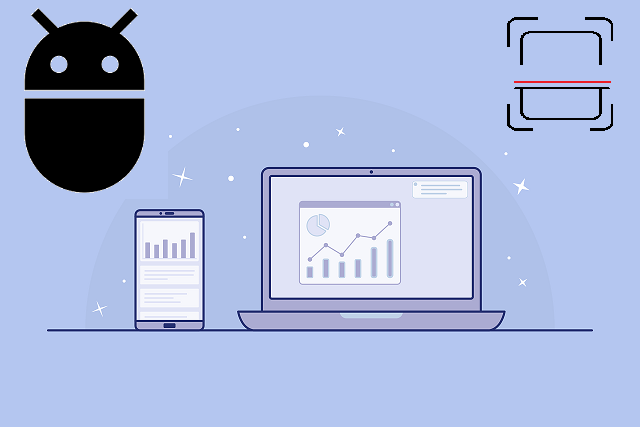
A. Explanation of the indexing process
The procedure of assessing and saving the material in a database so that it may be retrieved and shown in search results happens after Googlebot has crawled a webpage. This is known as indexing.
B. How Google determines the relevance and quality of content
Google has a sophisticated algorithm that is used during the indexing process. Google uses this algorithm to determine the relevancy and quality of webpage content.
Relevance is one of the most crucial characteristics that Google takes into account when indexing material. Google strives to ensure that the material it presents in search results is pertinent to the user’s inquiry. Google uses a variety of factors on a webpage, including the title tag, headings, and content, to ascertain the topic of the page.
Quality is still another important issue. Google aims to make sure that the material it presents is valuable to the user and of high quality. Google considers elements including the information’s accuracy, the author’s experience, and the page’s overall user experience when determining a page’s quality.
C. Factors that affect a page’s ability to be indexed and ranked
There are numerous factors apart from relevancy and quality that determines the page’s ability to be indexed and ranked. A few examples of these factors are the use of keywords, the number and quality of external links pointing to the page, and the speed and performance of the website.
You need to understand these factors and optimize your website’s content and structure accordingly. Your process of optimization will improve your website’s ability to be indexed and ranked by Google, ultimately leading to better visibility and traffic from search engines.
You might go through the entire details of how the Google search ranking system works from Google documentation.
IV. Best Practices for SEO and Crawling/Indexing
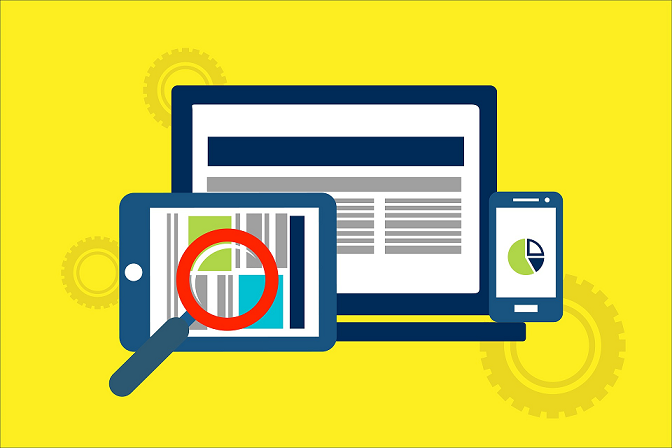
A. Importance of creating high-quality content
The most important aspect of website optimization is creating high-quality content. Content is the king of the digital world. Moreover, the content has to provide real value to the readers or searchers. This will help Google to crawl and index your website efficiently.
Please do note that the content has to be accurate, informative, engaging, and value-providing. This type of content will automatically motivate users to share and be linked by other websites. Eventually, this will help in improving a website’s visibility and search engine rankings.
B. How to optimize website structure and organization for crawling
The structure and organization of websites should also be taken into account. You can make it easier for Googlebot to identify and crawl all of your content by ensuring that your website has a logical structure and well-organized navigation. This can enhance your visitor’s user experience, which can increase engagement and boost your search engine results.
C. Strategies for optimizing content for indexing and ranking
Optimizing your content for indexing and ranking is also crucial. This involves a variety of strategies, such as including relevant keywords in your content, optimizing your Meta descriptions and title tags, and using internal linking to help Googlebot navigate your site. It’s crucial to strike a balance between producing content that is valuable to and entertaining for your visitors and information that is geared toward search engines.
Together with these tactics, it’s critical to keep up with the most recent Google algorithm modifications and best practices. You can ensure that your website is properly optimized for crawling and indexing, which will ultimately enhance your search engine ranks and increase traffic to your site, by staying informed and changing your approach as necessary.
V. Common Crawling and Indexing Issues
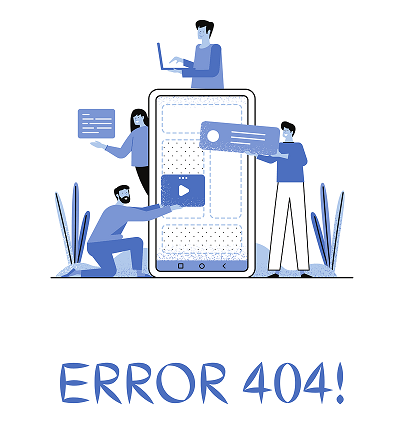
A. Overview of common issues that can prevent a website from being crawled or indexed
Google’s web crawlers are designed to be thorough and efficient. Having said that, you must be careful as several issues might arise which can be detrimental to crawling and indexing your website. Some of the most common issues include:
- Broken links: When a link on your website leads to a page that no longer exists, it can prevent Googlebot from crawling your site and indexing your content.
- Duplicate content: When multiple pages on your site contain the same or very similar content, it can confuse Googlebot and make it difficult for the algorithm to determine which page to rank in search results.
- Poor website architecture: If your website is poorly organized or lacks clear navigation, it can make it difficult for Googlebot to find and crawl all of your content.
- Slow page load times: If your website takes too long to load, Googlebot may give up on crawling it, resulting in lost opportunities for indexing and ranking.
B. How to identify and resolve these issues
There are many tools to monitor the performance of your website. One of them you can use is Google Search Console. It will help you to spot any problems that are preventing your content from being crawled and indexed correctly. Identification of the problems will guide you to fix these issues. Action can be taken to fix these issues that you have identified. The action could be repairing broken links, combining duplicate content, or improving the structure and functionality of your website.
You can guarantee that your website is properly optimized for search engine rankings and visibility by fixing these frequent crawling and indexing difficulties, which will eventually increase traffic to your site and enhance your online presence.
VI. Conclusion
A. Recap of the importance of crawling and indexing for SEO
In summary, crawling and indexing are essential processes for optimizing your website for search engine rankings and visibility. Ensure sure your website is easy to crawl, has high-quality content that is optimized for indexing, and has a well-organized layout. The performance of your website can then be enhanced, and traffic can be increased.
B. Final thoughts on best practices and common issues.
As you have seen that various common issues that can prevent your site from being crawled and indexed. You need to identify these issues and get them fixed so that your website performs best. This will make your content visible to the right kind of target audience.
Finally, you need to stay informed and get adapted to the most recent Google algorithm modifications and best practices which are the keys to success in SEO. You may raise your website’s search engine ranks and increase traffic by staying on top of trends and regularly updating the design, content, and functionality of your site.
Read more:
Google My Business Optimization Checklist: A Definitive Guide in 2023 – Seabuck Digital
How to do On-Page SEO in 2023? – A Definitive Guide – SeabuckDigital
Keyword Research in SEO: The Comprehensive Guide in 2023 – SeabuckDigital
A Definitive Guide to Digital Marketing in 2023 – SeabuckDigital
Reference articles that you must go through:
1. Overview of crawling and indexing topics
2. How Search Engines Work: Crawling, Indexing, and Ranking
3. Difference between Crawling and Indexing in Search Engine Optimization (SEO)
4. Website Indexing For Search Engines: How Does It Work?
5. Crawling & Indexing: How does Google see and store your pages?
